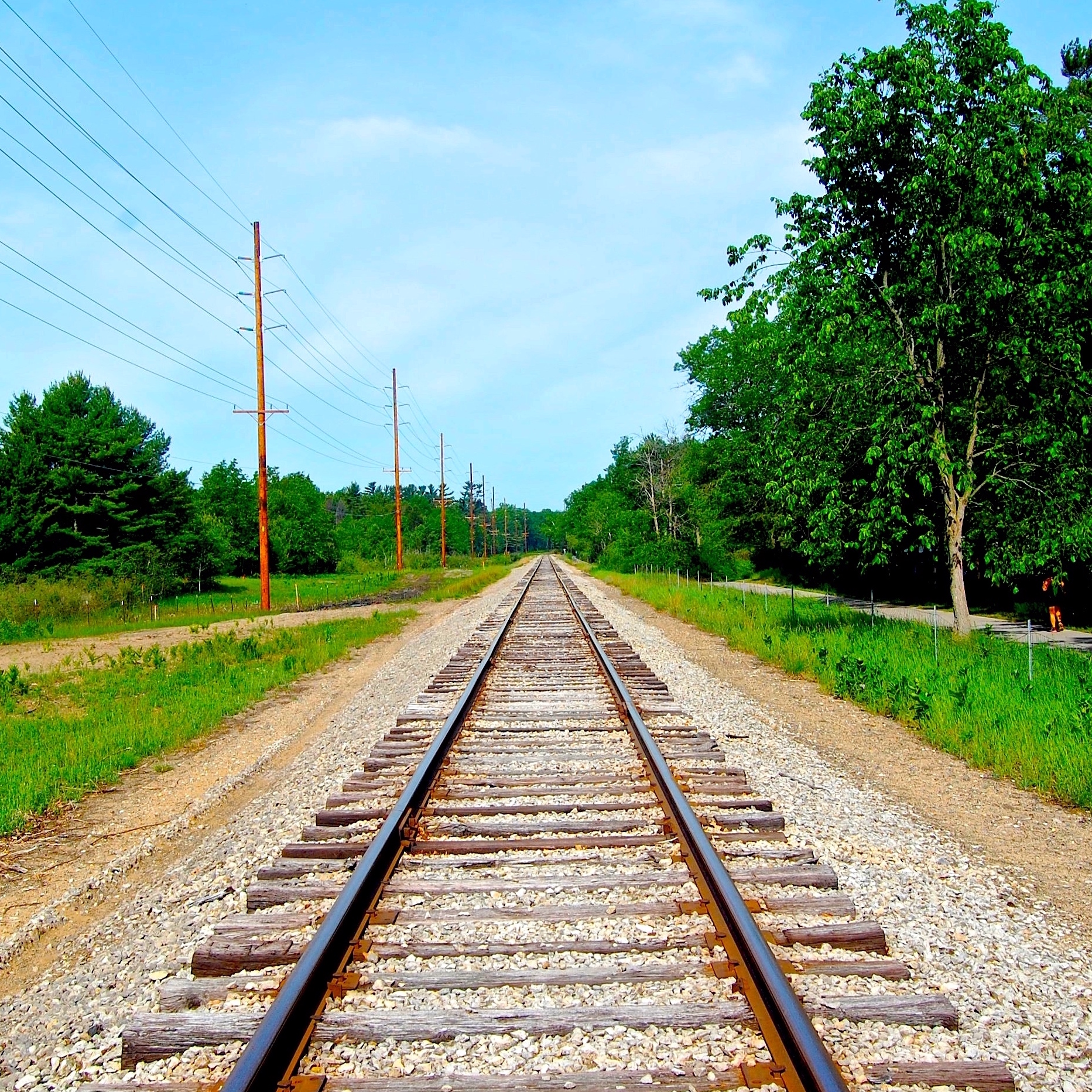Andrew Vriesman is fascinated by trains.
You get the sense when talking with the 22-year-old Central Michigan University (CMU) senior that the rhythm of the rails hums through his veins. Vriesman, a native of Grand Haven, MI, says he’s excited about passenger rail that will one day connect Mt. Pleasant with Ann Arbor to the southeast and with Traverse City and Petoskey to the northwest.
“For me as a student, passenger rail through Mt. Pleasant would give me transportation alternatives both for recreation and professional,” said Vriesman. “As I enter my senior year, I’m looking at career opportunities, and many of those are in the Detroit and Ann Arbor area.”
The passenger rail project, initiated by Groundwork, will run from the population centers of southeast Michigan to the emerging economies in the northwest, passing through towns like Howell, Durand, Owosso, Alma, Mt. Pleasant and Cadillac.
The route travels through thriving downtowns that include growing businesses, tech sectors, and colleges that are collectively home to 90,000 students that attend the University of Michigan, Baker College, Northwestern Michigan College, Alma College and Central Michigan University. The line would also intersect Amtrak’s Blue Water and Wolverine lines, which could connect passengers to larger metro areas like Lansing, Detroit and Chicago.
Revitalizing this train line is a unique opportunity for Michigan for three reasons: The state owns most of tracks, much of the line is in good shape, and there’s already broad public support for the idea. Furthermore, civic and business leaders believe this effort will help our state attract the next generation workforce that wants to live and thrive in Michigan without depending on a car.
Vriesman studies logistics and marketing at CMU and hopes to land a job in southeast Michigan next year. He would travel to upcoming job interviews via train if he could. Passenger rail through Mt. Pleasant would also make it easier for many college students to travel home during semester breaks or visit friends in Ann Arbor or Traverse City. Train service would be a major boost for Central Michigan, for Mt. Pleasant, and for the state as a whole.
“If I can pay less for a train ticket to get to Ann Arbor or up to Traverse City, I’d rather do that than buy gas,” said Vriesman. “I’ve got friends in TC, friends in Ann Arbor. Getting on the train and going down to see them would be much easier than getting in my car and driving.”
Good for students, good for the town
Passenger rail would benefit Vriesman’s fellow students who don’t have a car on campus and need to travel home during semester breaks, or on weekend excursions to Ann Arbor, Detroit or Chicago. At the urging of a faculty member, CMU runs buses during holiday or end-of-semester breaks from its Mt. Pleasant campus to Amtrak stations in Detroit and Chicago.
According to 2016 enrollment figures, nearly 60 percent of CMU’s student body lives in counties along, or close to, the Ann Arbor-Traverse City passenger rail route, or the populous southeastern corner of the state (Macomb, Monroe, Oakland and Wayne counties) accessible by rail. The university enrolls another 1,000 students from foreign countries, many of whom come to Michigan without their own vehicles.
But even for students with wheels, like Vriesman, parking on CMU’s campus can be difficult. Those who don’t get parking passes early enough sometimes have to park as much as a mile away from their classes.
A train station in downtown Mt. Pleasant would also be an economic catalyst for the town itself. Riders could disembark near the Mountain Town Station Brewery and take a footbridge across the Chippewa River to an outdoor farmers market and centennial gardens, or walk east to downtown. CMU campus is two short miles from the station.
Trains humming in the family
But Vriesman’s fascination with trains is about more than dollars and cents. Trains represent a paternal bond within his family. His uncle Brent was a conductor for the railroad in Grand Rapids, MI.
When Vriesman was young, his parents took him trackside to watch his uncle as his train chugged by.
“When my parents noticed my interest in trains, they fed it,” Vriesman said.
As a teenager and young adult, Vriesman would take the commuter train from Holland or from Michigan City, Indiana, to Chicago. He quickly realized how much more efficient, inexpensive and comfortable the train was than driving.
“You don’t have to worry about tolls, traffic and parking in Chicago. As gas prices rise, it’s cheaper, too.”
As a teenager, Vriesman initiated a memorable trip on Amtrak to the West Coast with his father and aging grandfather. They started in Chicago and traveled west through Kansas City, Albuquerque, Arizona and Los Angeles, before turning north toward Seattle—the farthest that his grandfather had ever been from home.
Most of the time, though, Vriesman remembers plastering his face to the window and studying the tracks, signs and stations as America rolled by outside.
“Everything about railroads is fascinating to me,” he said. “The infrastructure, the logistics behind it, but also passenger rail’s benefit to the economy, both for freight and for moving people.”
Train travel is also a moral and environmental choice, says Vriesman. When people use passenger rail they take cars off the road, reduce carbon emissions and do their part to fight climate change.
“Climate change is definitely an issue that people in my generation are looking for alternatives to help reverse. Trains make the most sense because it’s the most fuel-efficient mode of transportation. With improving technology, it could be even more efficient.”
This month, Groundwork and its partners, including the Bay Area Transportation Authority and the Michigan Department of Transportation will kick off a feasibility study that will begin to answer questions about the existing railroad corridor, track conditions, potential costs, economic impact, ridership, and more. Groundwork will keep you in up-to-date on how you can get involved in the study.




